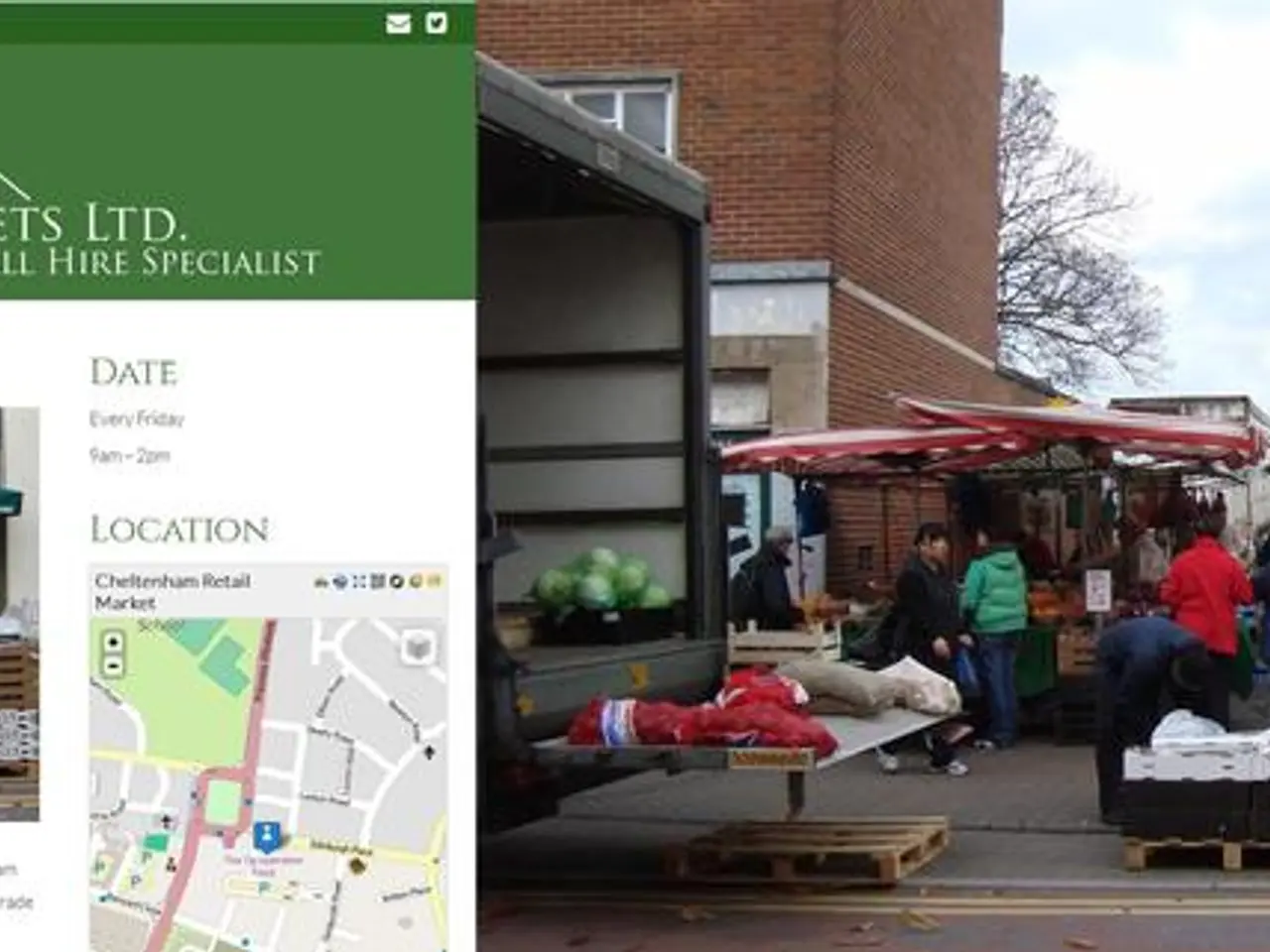Housing Market Collapse of 2008: Unveiling Origins and Consequences
The 2008 housing market crash was a turning point in modern financial history. The crisis, primarily caused by a combination of factors, including the widespread issuance of subprime mortgages, excessive risk-taking by financial institutions, lack of regulatory oversight, and an unsustainable housing bubble fueled by easy credit and speculative investment, had a significant impact on the U.S. and the global economy.
In the years leading up to the crash, the housing market was booming. Many people opted for larger homes in suburban and rural areas, a trend accelerated by the rise of remote work. However, this growth was unsustainable, and when the bubble burst, it led to severe consequences for homeowners and the economy as a whole.
One of the key contributors to the crisis was the subprime mortgage market. These loans, given to borrowers with poor credit who often could not afford the payments when rates rose, were bundled into mortgage-backed securities and sold to investors. When housing prices started to fall, many homeowners defaulted, causing these securities to lose value and leading to massive losses for banks and investors.
Overbuilding and excess housing supply also played a role in the decline of home prices when demand waned. Additionally, low policy interest rates set by monetary authorities before the crisis helped fuel the housing bubble by making borrowing cheap. Predatory lending practices and complex financial products that many borrowers did not fully understand further exacerbated the crisis.
The collapse had a severe global economic impact. The fall in housing prices led to widespread foreclosures and a credit crunch as banks tightened lending. The financial sector faced massive losses, causing several major institutions to fail or require government bailouts, triggering a credit freeze and a broader recession. Millions of people lost their jobs and homes, and the global economy was plunged into a deep downturn as the crisis spread beyond the U.S., affecting international financial markets and trade.
The U.S. government intervened with large-scale bailouts and stimulus measures to stabilize the financial system and prevent a depression. The current housing market, while less vulnerable to a crash than the market was in 2008, is characterized by a shortage of homes for sale, which is driving up prices.
Lessons learned from the 2008 housing market crash underscore the importance of maintaining stricter lending standards, more diverse housing options, and a tighter regulatory environment in the financial sector. It is essential to monitor the market and ensure that regulations and lending standards remain in place to prevent another crash in the future.
[1] Trulia (2018). The Housing Crash of 2008: Causes and Effects. [online] Available at: https://www.trulia.com/blog/the-housing-crash-of-2008-causes-and-effects/
[2] Federal Reserve Education (2019). The Financial Crisis of 2008. [online] Available at: https://www.federalreserveeducation.org/lessons/the-financial-crisis-of-2008/
[3] Investopedia (2021). Subprime Mortgage Crisis. [online] Available at: https://www.investopedia.com/terms/s/subprime_mortgage_crisis.asp
[4] The Balance (2020). The Causes of the Housing Bubble and Crash. [online] Available at: https://www.thebalance.com/the-causes-of-the-housing-bubble-and-crash-394752
[5] The Economist (2018). A decade on from the financial crisis: what have we learned? [online] Available at: https://www.economist.com/finance-and-economics/2018/09/01/a-decade-on-from-the-financial-crisis-what-have-we-learned
- The 2008 housing market crash, marked by widespread issuance of subprime mortgages, excessive risk-taking by financial institutions, and an unsustainable housing bubble, marked a significant turning point in modern financial history.
- Real-estate investments, including mortgage-backed securities, were particularly affected by the collapse, as their value plummeted when homeowners, burdened with increasingly unaffordable payments, defaulted en masse.
- The decline in housing prices during the crisis led to rampant foreclosures and a credit crunch, threatening the stability of the financial industry and causing several major institutions to fail or seek government bailouts.
- The industry is now under increased scrutiny to maintain stricter lending standards and diverse housing options, ensure a tighter regulatory environment in the finance sector, and monitor market trends to prevent another crash in the future.
- The housing market, still recovering from the 2008 crash, is currently characterized by a shortage of homes for sale, which is driving up prices, demonstrating the ongoing growth and volatility inherent in the market.




